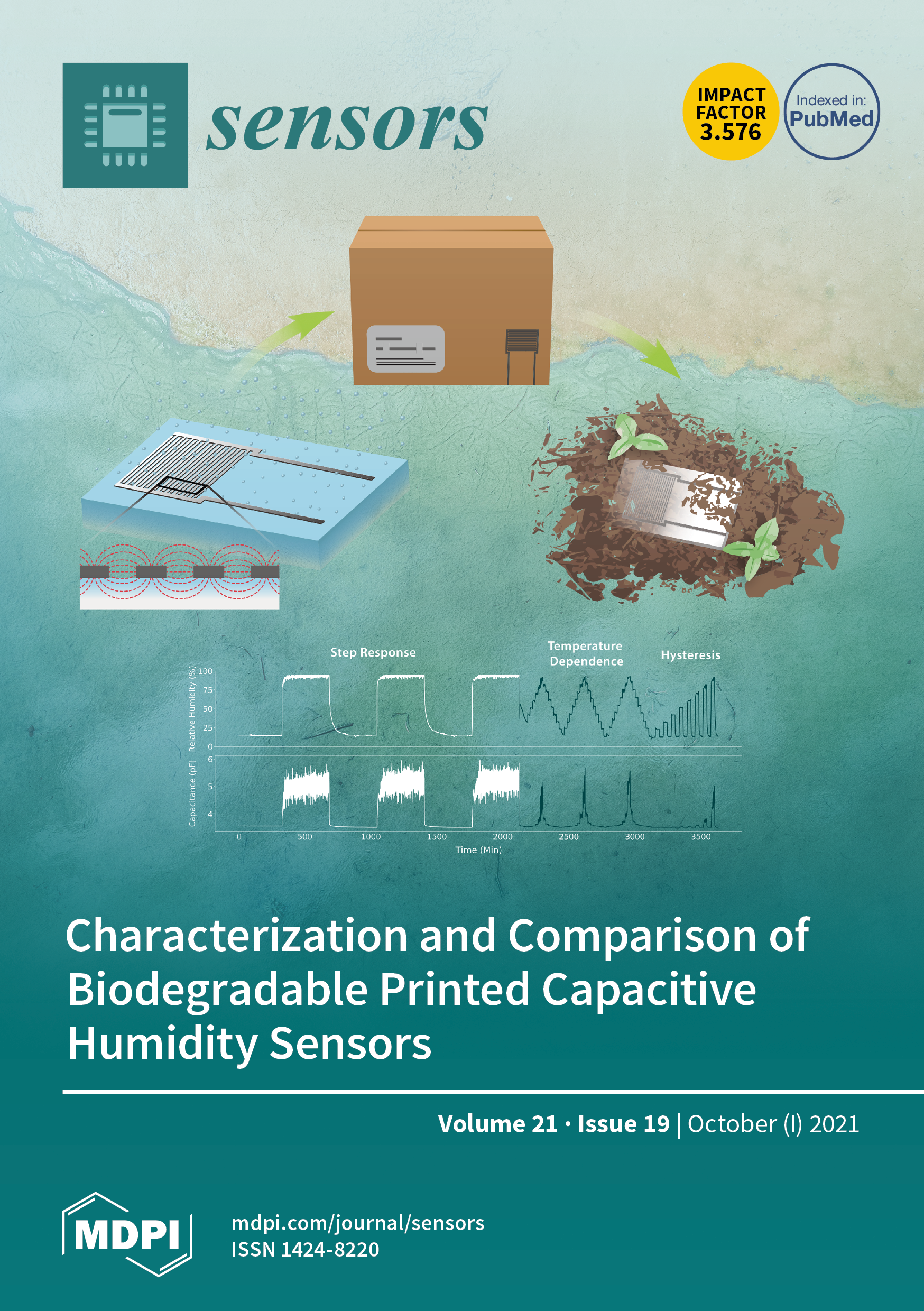

Formation of Corrugated n = 1 2D Tin Iodide Perovskites and Their Use as Lead-Free Solar Absorbers. Hooper, Padinhare Cholakkal Harikesh, Teddy Salim, Ming Hui Lim, Teck Ming Koh, Sudip Chakraborty, Ze Xiang Shen, Nripan Mathews, Jason England.

Comparative Study of Recombination Dynamics in Optimized Composition of Sn- Versus Pb-Based Perovskite Solar Cells. The Journal of Physical Chemistry Letters 2021, 12 A-Site Effect on the Oxidation Process of Sn-Halide Perovskite: First-Principles Calculations. Eun Ho Kim, June Ho Lee, Seong Hun Kim, Jun Hyeong Gu, Donghwa Lee.Pseudohalide Functional Additives in Tin Halide Perovskite for Efficient and Stable Pb-Free Perovskite Solar Cells. Khadka, Yasuhiro Shirai, Masatoshi Yanagida, Kenjiro Miyano. This article is cited by 70 publications. The PCE of the Cs-doped PSC shows a 63% increase compared to that of the control device (from 3.74% to 6.08%) due to the improved quality of the Cs-doped FASnI 3 film.

Most importantly, the air, thermal, and illumination stabilities of the PSCs are all improved after Cs doping. As a result, the inverted planar Cs-doped FASnI 3-based perovskite solar cell (PSC) is shown to maintain 90% of its initial power-conversion efficiency (PCE) after 2000 h stored in N 2, which is the best durability to date for 3D Sn-based PSCs. Experimental and theoretical works show that the introduction of cesium cation (Cs +) could improve the geometric symmetry, suppress the oxidation of Sn 2+, and enhance the thermodynamical structural stability of FASnI 3. Herein, a structural regulation strategy is demonstrated to regulate the geometric symmetry of formamidiniumtin iodide (FASnI 3) perovskite. The instability issue of Pb-free Sn-based perovskite is one of the biggest challenges for its application in optoelectronic devices.


 0 kommentar(er)
0 kommentar(er)
